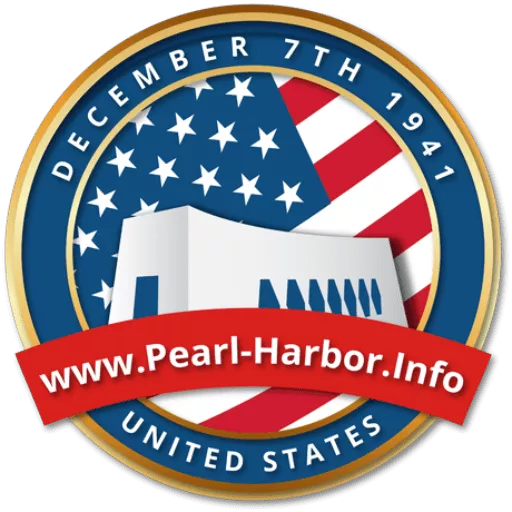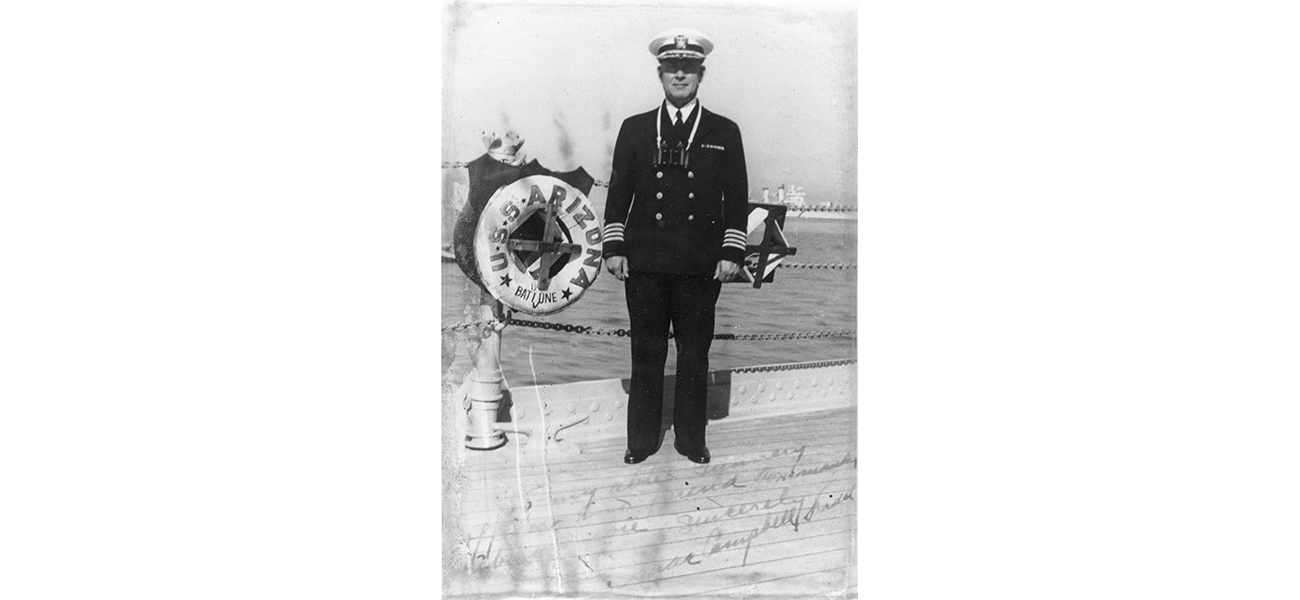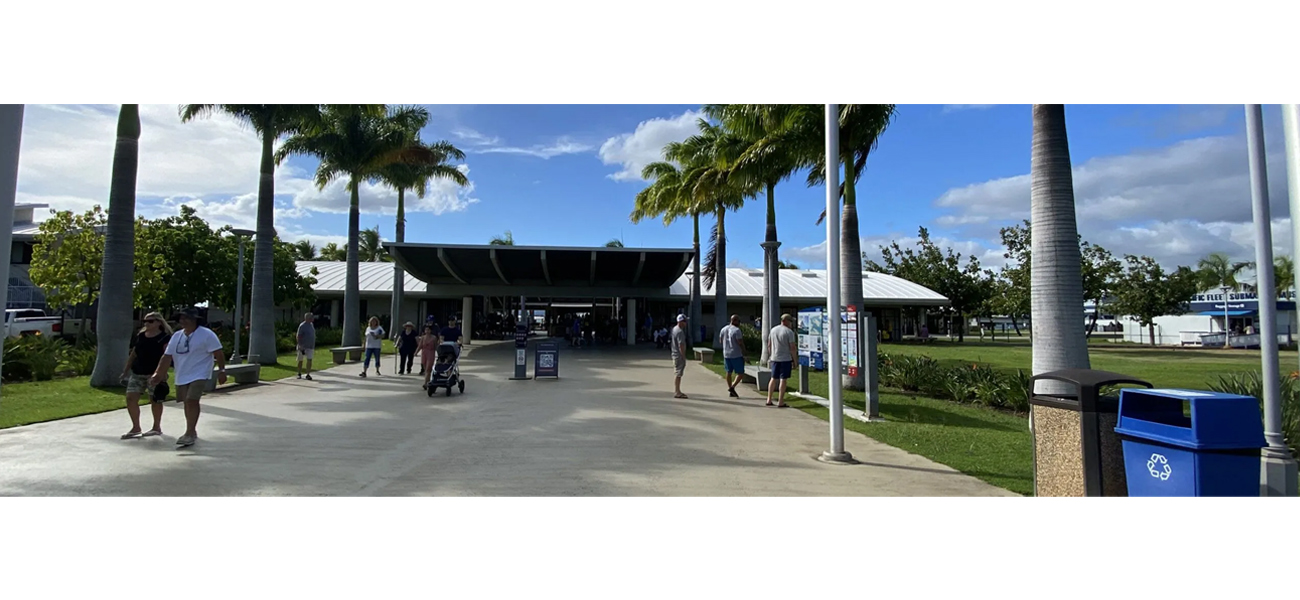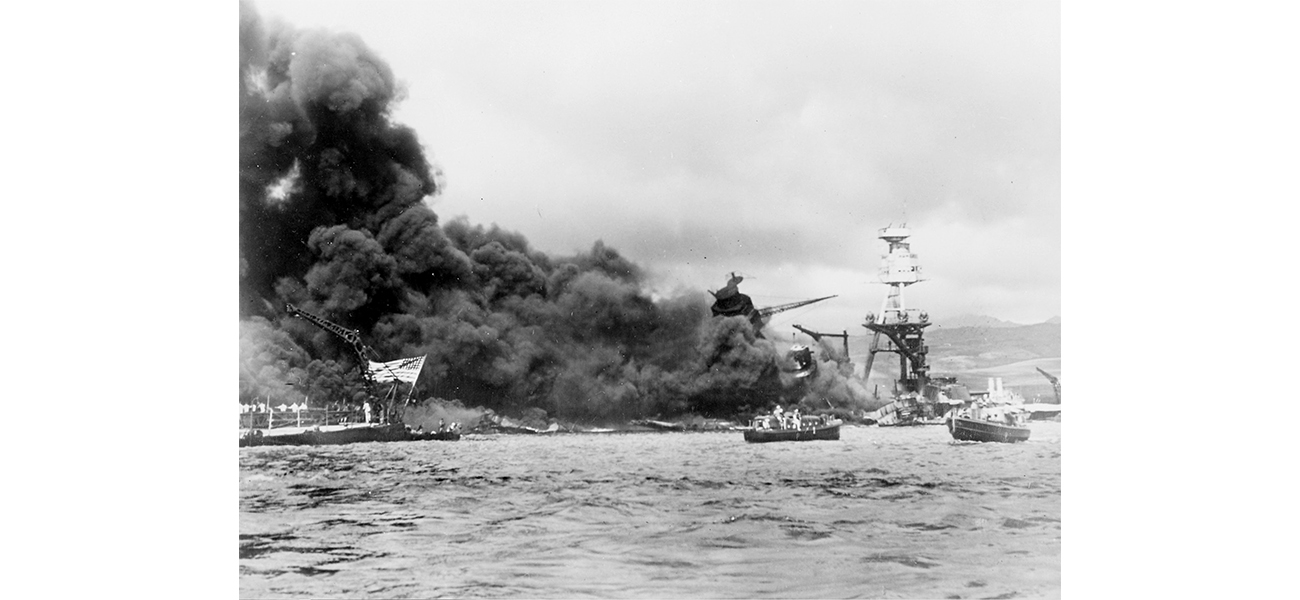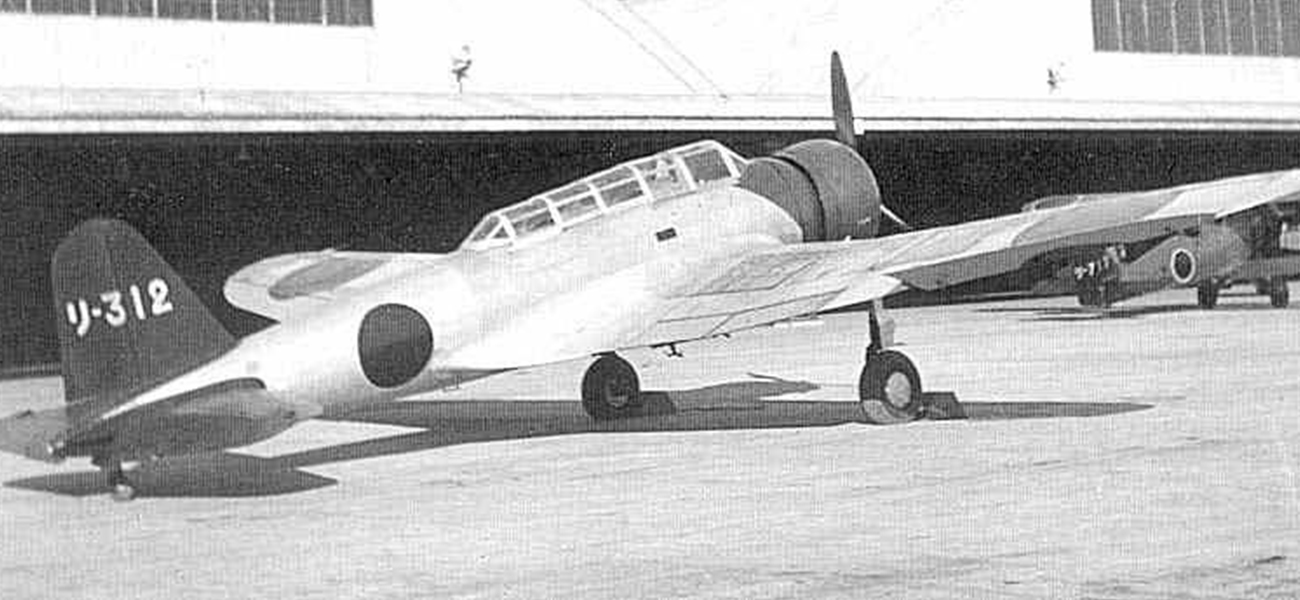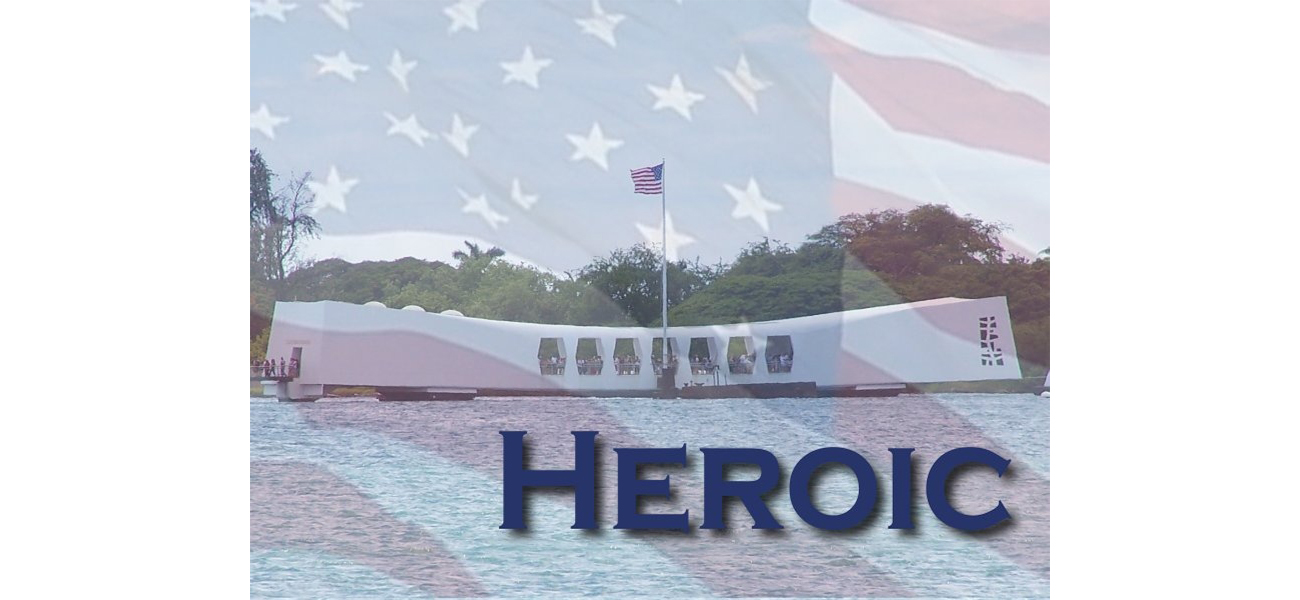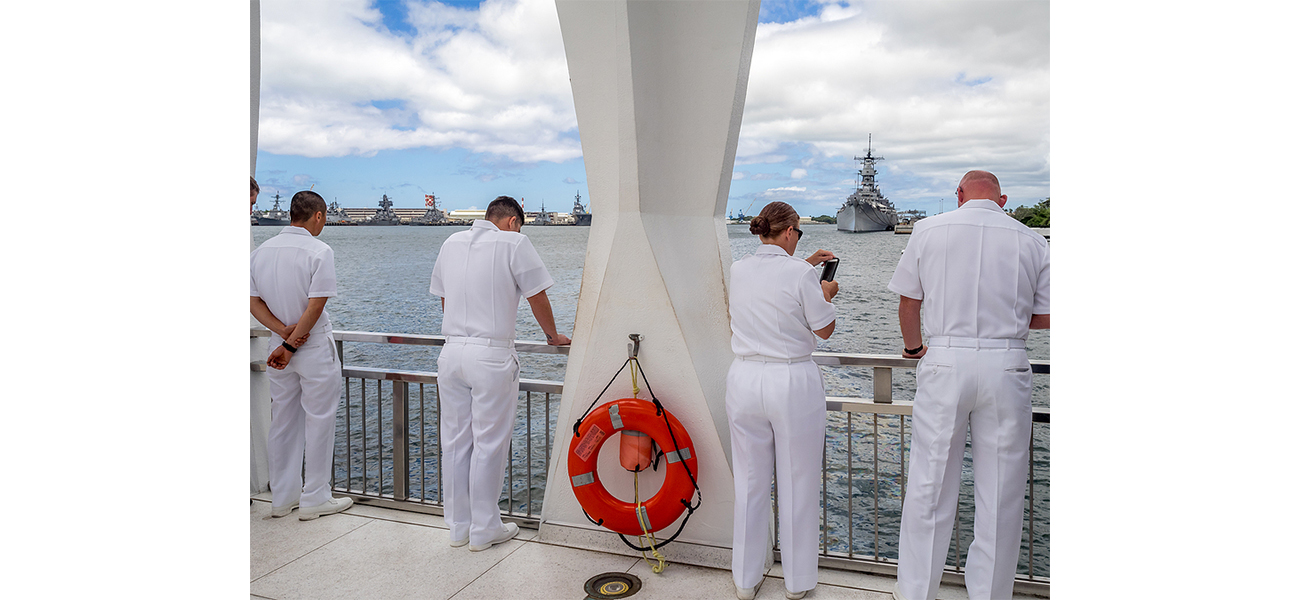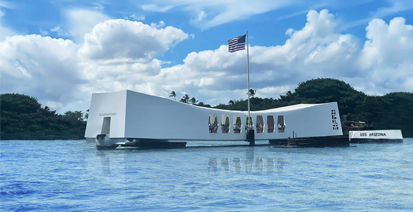Who Was Pearl Harbor’s Highest-Ranking Casualty?
The Japanese surprise attack on Pearl Harbor on December 7, 1941, stands as a pivotal moment in American history. Japan’s main goal was the destruction of the US Pacific Fleet. December 7 was a day of immense loss, not just in terms of physical destruction but also in the lives of brave servicemen. One of these casualties stands out due to his high rank and distinguished service: Rear Admiral Isaac C. Kidd.
At the time of the attack, Admiral Kidd held the prestigious position of commander of Battleship Division One. This put him in charge of a crucial element of the American Pacific Fleet stationed at Pearl Harbor. Unfortunately, he was also aboard the ill-fated USS Arizona when the Japanese launched their assault. The USS Arizona and the other battleships were a primary target for the Japanese attackers. Multiple bombs rained down upon the battleship, culminating in a devastating explosion. This tragedy claimed the lives of 1,177 crewmen, including Admiral Kidd. His death as the highest-ranking officer to perish at Pearl Harbor made him a symbol of the attack’s severity.
Prior to Pearl Harbor, Admiral Kidd had a long and distinguished career in the Navy. He served in various capacities, demonstrating exceptional leadership and dedication. This dedication continued even in the face of potential danger. Records show that Admiral Kidd had expressed concerns about a possible Japanese attack on Pearl Harbor. However, the sheer suddenness and scale of the actual assault caught many, including him, completely off guard. Admiral Kidd’s sacrifice did not go unnoticed. Although he perished when the USS Arizona’s forward magazine exploded, his actions during the attack earned him the nation’s highest military honor – the Medal of Honor. The citation for this award specifically highlighted his extraordinary leadership and courage in the face of overwhelming enemy fire.
The loss of Admiral Kidd symbolized the immense blow suffered by the US Navy on that fateful day. To honor his service and sacrifice, a Fletcher-class destroyer, the USS Kidd (DD-661), was named after him. This ship served valiantly during World War II, earning numerous accolades for its actions in the Pacific. Today, the USS Kidd stands preserved as a museum ship in Baton Rouge, Louisiana, serving as a permanent memorial to Admiral Kidd and all those who served at Pearl Harbor. Admiral Kidd’s legacy continues to inspire the Navy and the American people. His story reminds us of the bravery and sacrifice displayed by servicemen and women during times of war. The loss of Admiral Kidd and countless others at Pearl Harbor ultimately galvanized the United States’ entry into World War II.
Admiral Kidd’s family has kept his memory alive through various commemorative events and initiatives. His name remains synonymous with the valor and resilience displayed by the men and women who defended Pearl Harbor on that fateful day. The story of Admiral Isaac C. Kidd serves as a powerful reminder of the human cost of war and the importance of remembering those who paid the ultimate price in service to their nation.
